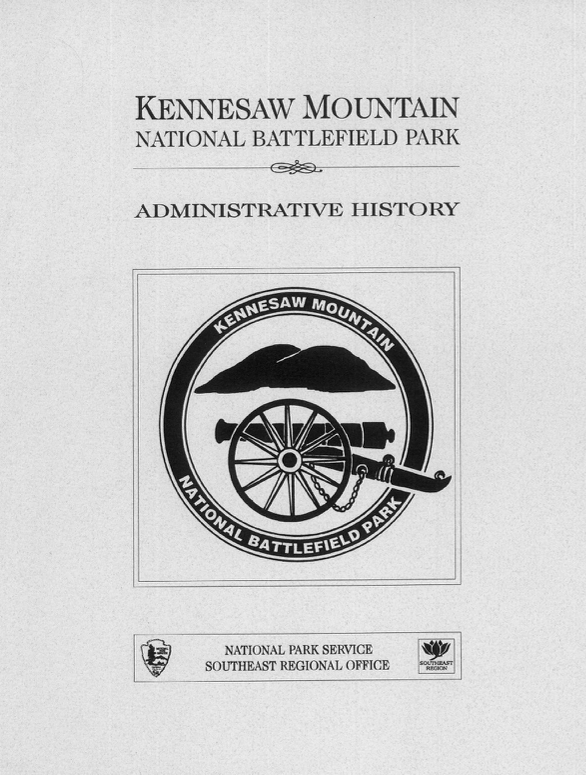March 6, 2022 by MLivingood in our History Trip to Cobb County Georgia blog… I decided to do some research regarding the Nat’l park where we often times went to hike for exercise and, after retiring I delved into its history. I was quite surprised by many things that are wrongly assumed and passed along as the history of the park, its founding, never mind the Battle of Kennesaw Mountain that was actually fought well-south of Big Kennesaw Mountain at Kolb Farm with the heaviest fighting at what became known as the ‘Dead Angle’ and was eventually renamed Cheatham Hill, for confederate General Benjamin Franklin Cheatham, who defended the hill and repelled the Union Army.
It was at Cheatham Hill where the park was first founded by Civil War veterans from Illinois. The veterans bought the land and erected the Illinois Monument to honor their fallen Union Army brothers-in-arms and commander, Colonel Daniel McCook, who died shortly after the battle of Cheatham Hill. The Illinois veterans group donated the land to the federal government in 1914. To read the history, click on the larger, bold title below, for a hyperlink that will take you to it.
So, here’s my quick and dirty on Kennesaw Mountain National Park. If you want a really-good, detailed history let me direct you to this LINK and/or, the document linked at right which contains the same information in book form. It’s where a lot of the gaps and questions I had were filled or resolved, up and until the 1990’s which is when I moved to Georgia and first discovered Kennesaw Mountain.
- Kennesaw Mountain National Battlefield Park (NBP) exists only because a Civil War veteran from Illinois wanted to honor his fellow Illinois soldiers who gave their lives at the Battle of Kennesaw. It was 45-years after the battle when L.J. Dawdy purchased 60-acres of land around the Cheatham Hill battlefield so he and other Illinois Civil War veterans could erect a monument to honor their fallen brothers.
- The veterans from Illinois donated the land and their monument to the federal government in 1914, which was harder-to-do than you might think. In fact, it was almost 24-years before the U.S. government figured out how to accept the donation, after an interim acceptance of the “gift” in 1917.
- The development of the national park, as we now know it, took another 30 years before it was “officially” declared a national park.
- Delays in moving forward with the park’s development were local real estate brokers who sought to personnally profit from the expected government interest in purchasing what was, in some cases but certainly not all, undeveloped land. Their legal battles tied-up expansion and development of the park for many years.
- Sadly, a number of long-time Marietta residents who owned and developed the land with lovely, grand homes at the base of Kennesaw Mountain, got caught-up in the land valuation litigation process and ended up loosing their homes and property when the federal government finally exercised eminent domain and paid the families far less than their developed properties were worth, saw them condemned and raized.
- President Franklin D. Roosevelt’s Civilian Conservation Corps (CCC) became a tremendous asset to the establishment of Kennesaw NBP when “Camp Brumby” was established at the base of Kennesaw Mountain in 1938 through 1942, whose 100-200 CCC members created much of the infrastructure that remains the core structure of the park as we know it today, to include the current mountain road.
- There was a long-standing proposal to create a closed-loop road within the park so visitors could traverse the entire 8-mile length of the park — from the visitor center at Big Kennesaw Mountain at the north end to Kolb Farm at the southern most point — without leaving the park. However, given how late in the game they were in developing the park, too much development had already taken place to make that financially viable.
- The Visitor’s Center most now recognize as the “center” of Kennesaw NBP replaced the Hyde House in 1964, weekend vehicle traffic was halted in 1974, the U.S. Civil Aeronautics Administration (CAA) beacon tower at the summit of the mountain was removed in 1984, and recreational activity at the large field in front of the mountain as well as many other areas became prohibited during the last 10 years.

Leave a Reply